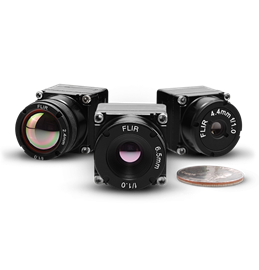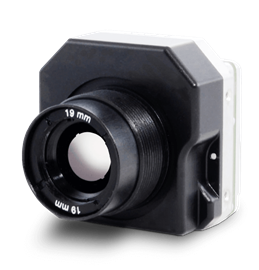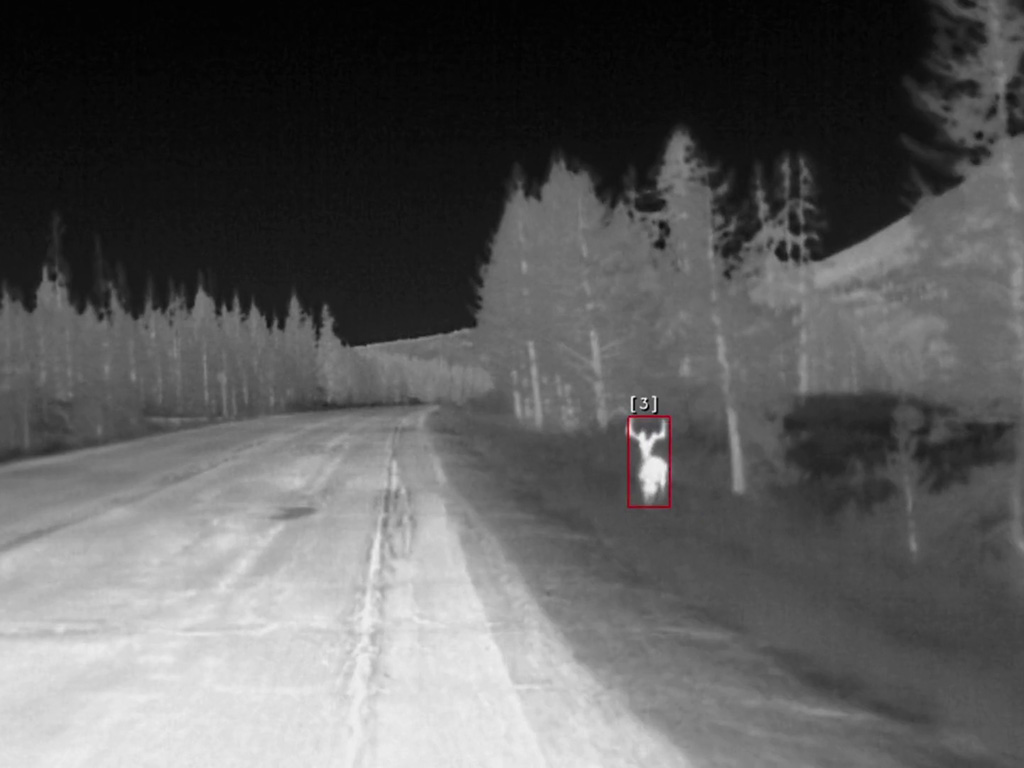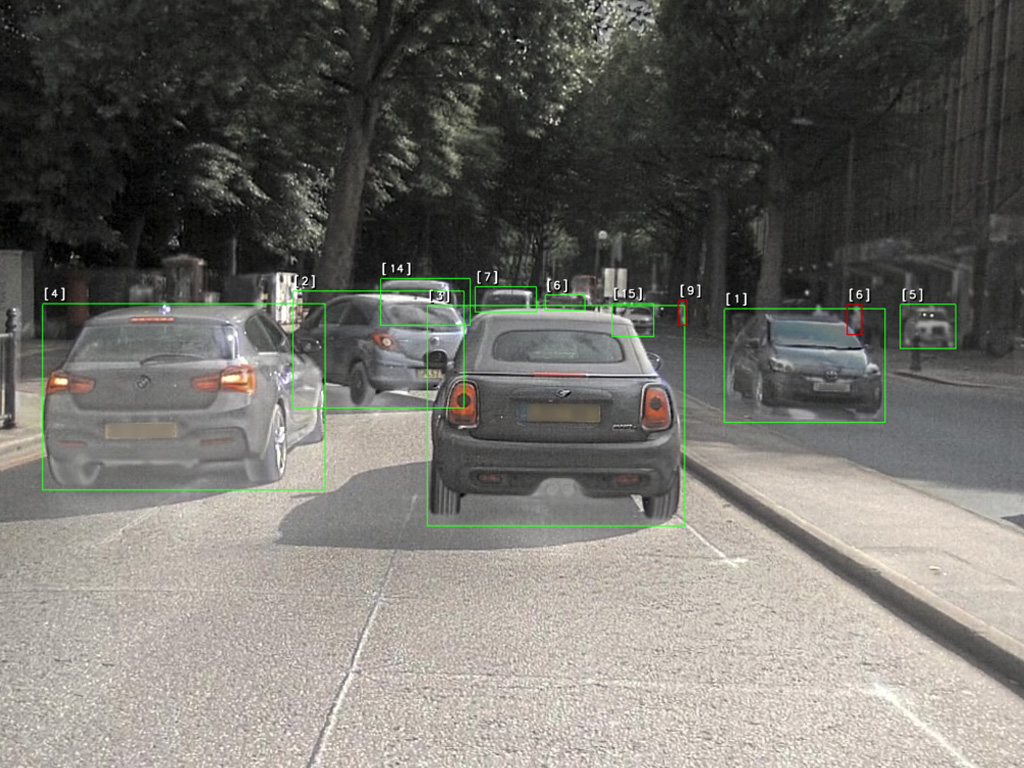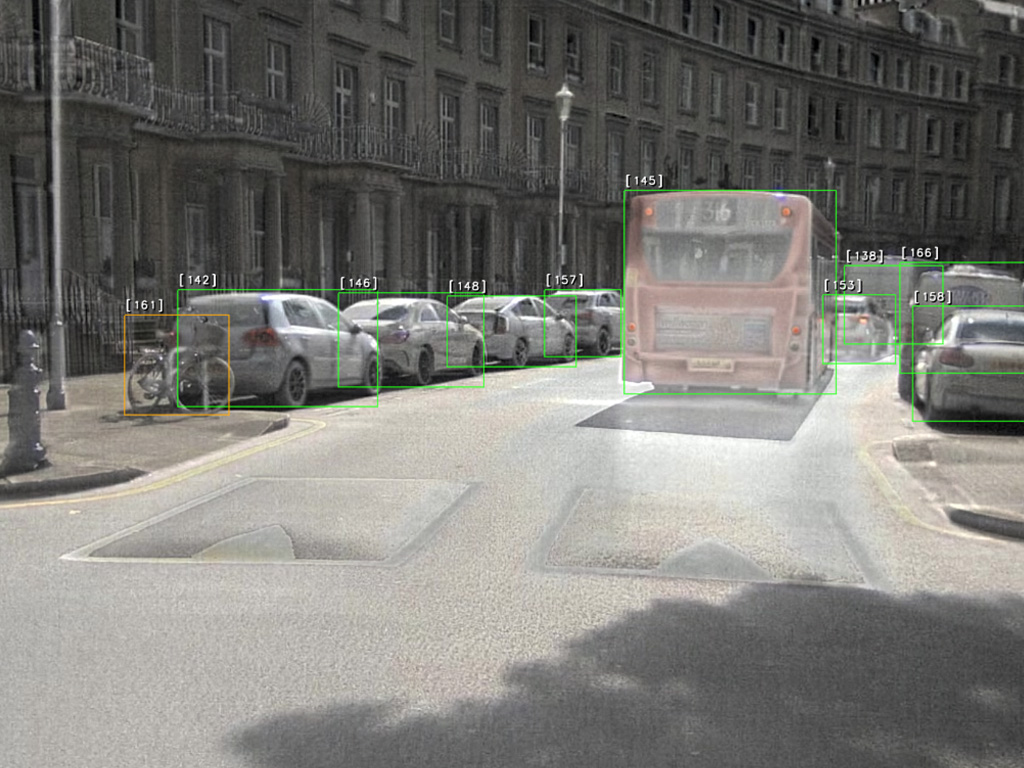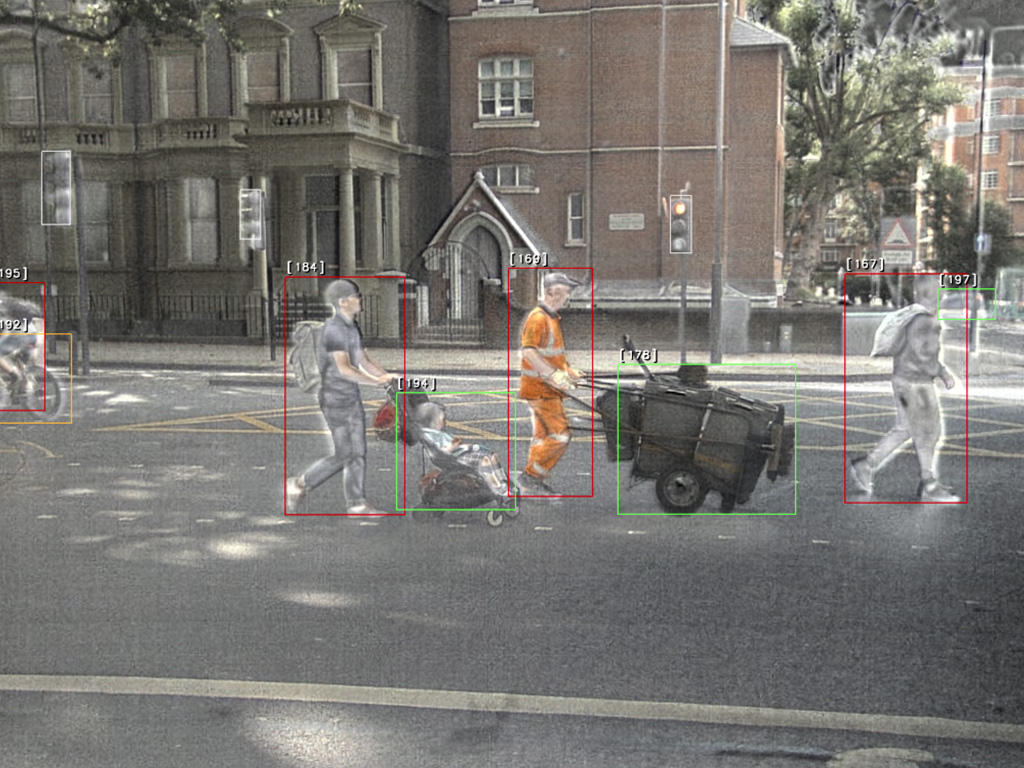Prism™ AI - Auto
Go to Product SupportPrism AI - Auto is a software framework that provides classification, object detection, and object tracking enabling perception engineers to quickly start integrating thermal cameras for advanced driver assistance systems (ADAS) and autonomous vehicle (AV) systems. Developers can use Prism AI as the primary perception software or as reference while taking advantage of camera calibration tools, along with visible-and-thermal fusion and advanced image processing capabilities that offer superior perception capability, especially for pedestrian and animal detection.
Compatible with Teledyne FLIR market-leading thermal cameras including Boson®, Tau® 2, and the FLIR ADK, Prism AI features camera-to-ECU authentication, a key requirement for automotive production deployment. Prism AI tools provide simplified data integration with Teledyne FLIR Conservator™ dataset development software as well as the industry’s largest thermal-and-visible training dataset. The combination of validated models with successful performance in NCAP-based automatic emergency braking (AEB) tests, AI tools, ONNX model plugins, and annotation services decreases development cost and shortens time to market for a thermal-enabled ADAS or AV systems.


